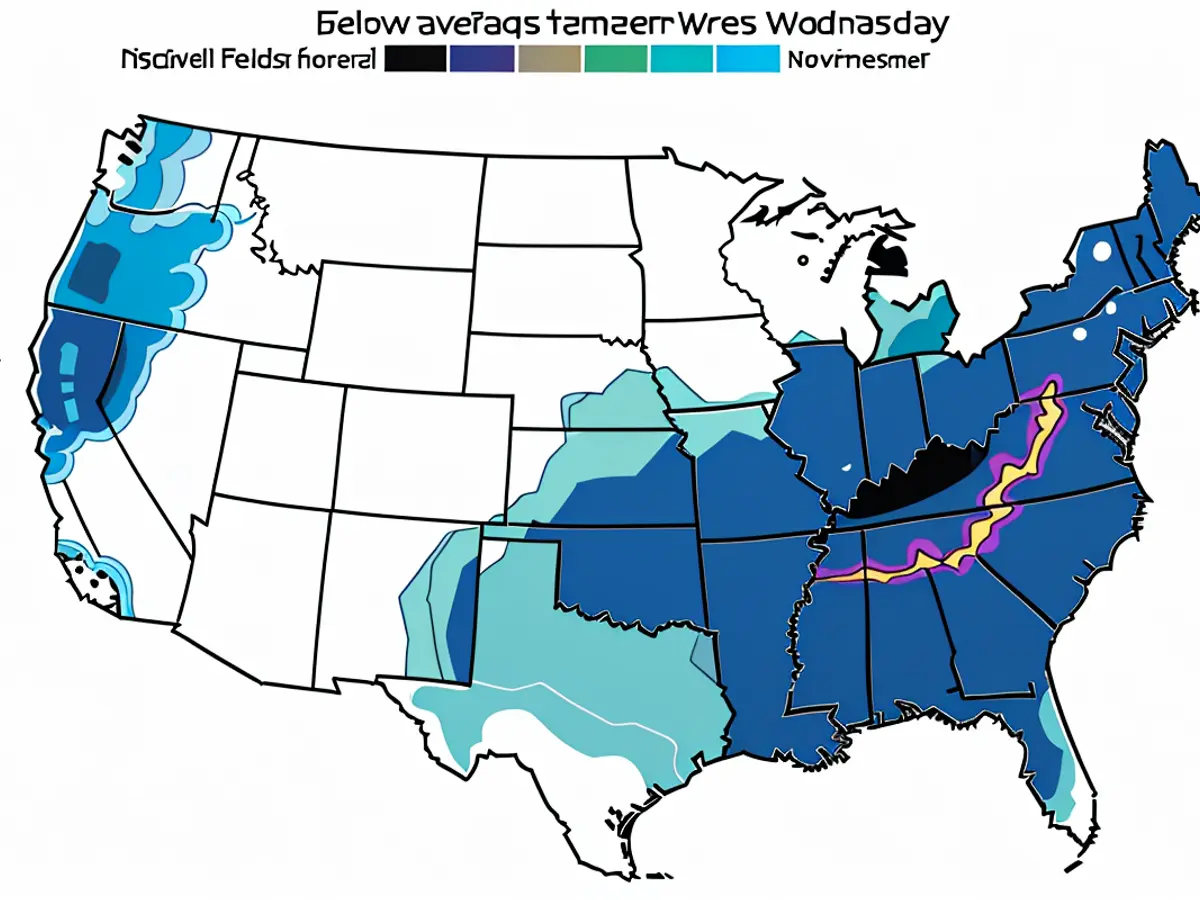Astronomy - Northern lights, power and internet disruption: violent solar flare could have an impact on Earth
According to the US Space Weather Prediction Center, one of the most powerful solar flares ever recorded occurred on Thursday. The American space agency Nasa captured the event in extreme ultraviolet light with its Solar Dynamics Observatory. It can be seen as a bright flash in the colorized image sequence above. The event had already affected certain radio communications on Thursday.
At the weekend, the consequences of violent solar flares could hit the Earth, as these take a few days to travel from the sun to our planet. Geomagnetic storms of categories G1 (minor) to G2 (moderate) are expected during Saturday and on Sunday, the US Space Weather Prediction Center wrote on its website.
Solar flare: Geomagnetic storms can cause disruptions on Earth
According to the report, G2 storms can cause disruption to the internet and GPS signals, among other things. The orientation of spacecraft may have to be corrected by ground control. In addition, certain types of radio communication may be affected at higher latitudes. Damage to power grid transformers is also possible there. Auroras may also be visible far south of the North Pole region.
The geomagnetic storms are reportedly caused by so-called coronal mass ejections from the sun on Thursday and Friday. A plasma cloud consisting of electrons, protons and certain atomic nuclei is ejected into space.
The sun's activity has been increasing again since December 2019. Every eleven years or so, in what is known as a solar cycle, there are phases of weak and strong activity. The sun is currently approaching a maximum.
In the gallery: According to the EU climate change service Copernicus, 2023 will be the warmest year since the beginning of industrialization. One weather catastrophe follows the next. What will happen next?
Read also:
- While the railroads are on strike: weather service warns of "danger from black ice" in many parts of Germany
- Slippery roads, canceled flights - snow chaos paralyzes Bavaria
- Between winter wonderland and traffic chaos: how the first snow weekend went in Germany
- Weather situation in southern Germany eases, but air and rail traffic still disrupted
The powerful solar flare captured by Nasa's Solar Dynamics Observatory on Thursday could potentially lead to increased knowledge and technological challenges in astronomy, as geomagnetic storms may impact satellite operations and communications. These storms, categorized as G2, have the potential to disrupt internet and GPS signals, require spacecraft orientation corrections, and potentially damage power grid transformers.
Source: www.stern.de







